When Rishi Sunak became Prime Minister, India’s press was thrilled. ‘From Age of Empire to Rishi Raj’ declared the Times of India: another headline hailed the ‘Browning Street’ phenomenon. ‘Indian son rises over Empire’, proclaimed the New Delhi TV channel, a play on the colonial-era adage that the sun never sets on Britain’s empire.
When Sunak visits New Delhi for the G20 next week, it will be quite a moment. Two Hindu heads of government will meet – the old power and the new. Sunak’s agenda is to bind Britain closer to a growing Asian economic powerhouse – which last week completed its first successful moon landing – while containing China by bolstering its rivals. We have had a Japanese trade deal, a nuclear submarine deal with Australia – and with India, plans for closer economic ties. A free trade agreement (FTA) is being seen as just part of the architecture needed for a wider ‘Indo-Pacific tilt’ – a move that could define Britain’s role in the world.
The strategy comes down to Sunak’s interpretation of how Brexit ought to reshape British foreign policy – and where he thinks his predecessors got it wrong. There has been a shift away from hyping trade deals as the benefits of Brexit. Boris Johnson started talks with India saying he wanted it ‘done by Diwali’ (October) – a stance shared by Liz Truss – which did not happen. Sunak felt that such deadlines weaken Britain’s hand. His style has been to say he is in no rush – and to judge the success of Brexit in other ways. Specifically, the ability to strengthen ties with the rest of the world.
So the ‘Indo-Pacific tilt’ is Sunak’s version of Johnson’s ‘Global Britain’. The Foreign Office views it in demographic terms: the Indo-Pacific region is already home to half of humanity and will generate most futureeconomic growth. It therefore pays to make friends there, and not just in India. Kemi Badenoch, the Trade Secretary, is being dispatched to Korea after New Delhi. At the last G20, Japan and China were at loggerheads while the UK was cosying up to Tokyo and cementing a trans-pacific deal, the CPTPP.
It is sometimes assumed that a UK-India trade deal might double the number of work visas granted to Indian nationals. Brexit has done that already, by replacing the EU free movement scheme with a points-based immigration system modelled on parity of treatment. This has revealed a huge demand for Indians from British employers who seek highly skilled, well-educated fluent English speakers. The latest visa data shows that one in four work visas granted now goes to an Indian. In all, twice as many arrive for work from India as from the whole of Europe.
But this is a political problem for both sides. Tory ministers are facing pressure to cut immigration – so they don’t want to put more student visas on the table as part of a trade deal. For his part, Narendra Modi is already facing concerns about an ongoing ‘brain drain’ of India’s best and brightest – a trend that some fear could be exacerbated if a FTA were signed.
Diplomatically, the conversation is often fraught. Modi’s government is unabashed about channelling Hindu nationalism – which can mean defining itself against the colonial past. Ahead of the 75th anniversary of independence, English-language street names were changed. The recent opening of a new parliament building was billed as an explicit rejection of the Lutyens original.
There are demands for the return of treasures, goods and documents taken during the Raj. After the BBC ran a documentary that was critical of Modi, its offices in India were raided by tax department officials. When Sikh separatists tore down India’s flag at its high commission in London, New Delhi retaliated by hauling in Britain’s high commissioner and reducing security outside his house. For Modi, facing re-election next year, there could be more votes in standing up to Britain than in cosying up.
That is partly why negotiations for a UK-India trade deal are entering their 13th stage, with New Delhi demanding visa concessions while the UK wants lower tariffs levelled on its goods. Decades after independence, India’s approach is still decried as protectionist. Some 60 per cent of Indian exports to the UK are already tariff–free, yet the same is true of only 3 per cent of UK exports to India. But the likelihood of a deal with Britain is strengthened by the fact that, broadly speaking, the two countries export few of the same goods. The UK is after textiles and machine parts; India wants whisky (subject to a 150 per cent tariff) and, at a push, cars. So a goods-based trade deal is there to be struck as the two nations do not fear competition from each other.
UK negotiators were unimpressed with the somewhat limited deal which India struck with Australia. They feel a more ambitious deal is possible and view the recent decision by Tata to build a £4 billion electric car battery in Somerset – to supply its Land Rover factory in Birmingham – as a helpful development. It means a large Indian company is set to lobby New Delhi to cut tariffs on UK car imports. British investors are more interested in stronger legal protection on the agreed tax regime, which is being negotiated separately. Modi is thought to be less attracted to a trade deal for its own sake than for the geopolitical gains of positioning India as a major player on the world stage.
It’s important for Modi that, internationally, India stands alone – declining to choose between East and West. He has refused to distance himself from Vladimir Putin and has quintupled oil purchases from Russia since the Ukraine war began. The Kremlin supplies so much of India’s military that No. 10 has had to make sure that Sunak will not be travelling in any Russian-made helicopters (as almost happened to Johnson on his last trip). The UK sees India as a bulwark against Beijing and seeks to make common cause on economic grounds – pointing out that India needs to diversify in order to be less reliant on China. Their export balance with Beijing is hopelessly one-sided: nearly 90 per cent of the annual £93 billion in bilateral trade comes from India importing Chinese goods.
India agrees: fuelled by border clashes, its relations with Beijing are often frosty. Modi has refused to join the China-dominated Regional Comprehensive Economic Partnership bloc to stop the situation getting worse. Its membership of the so-called ‘Quad’ – with Japan, Australia and the USA – has raised hopes that it may one day join Britain in a defence pact, to maintain a free and open Indo-Pacific. ‘It’s a question of interests, not values,’ remarks one Whitehall insider. And the UK has an interest in building up India at the expense of China. ‘China is the workshop of the world – why can’t that be India?’ asks one Tory.
Beyond the ‘Indian son’ headlines, having a British prime minister of Indian descent is not really a factor in negotiations. Whereas Joe Biden is proud of his ancestry, and treated his recent trip to Ireland as a kind of homecoming, Sunak has never spoken of India in the same way. He barely knows the country and met his wife in California. Nor does he intend to play the prodigal son during his stay: there are no plans for any Biden-style visits to ancestral haunts. (British officials in New Delhi say Akshata Murty, Sunak’s wife, is the focus of most local interest.) Her father, N.R. Narayana, set up Infosys, one of India’s biggest employers and most valuable companies. Akshata has quasi-royal status in India – rich, glamorous, secretive – and she is admired for proudly defending her Indian citizenship when the row over her non-dom status erupted. Her mother’s recent comments about cutlery (she confessed to worrying that ‘the same spoon will be used for both vegetarian and non-vegetarian food’) caused more discussion in India than anything that has come out of Sunak’s No. 10.
Another key player could be an India-phile who lives just a stone’s throw away from Sunak: Charles III. An enthusiast for both yoga and ayurveda, the King has ridden the Delhi metro, toured a Bollywood set and even invited dabbawalas – Mumbai’s famed lunchbox men – to his second wedding. India is home to nearly 60 per cent of the Commonwealth’s population. It is hoped that King Charles could become a focal point for Anglo-Indian relations, having visited the country ten times since the 1970s.
Cultural ties are likely to play a more important role in the formation of closer relations. The 1.8 million British Indians are the largest ethnic minority group in the UK and an increasingly important part of the electorate. Their significance can be seen in Keir Starmer’s efforts to convince them that Labour has changed since the days of Jeremy Corbyn’s leadership, when the party’s stance on Kashmir alienated many.
Conservative Friends of India now claims to be the Tory party’s largest affiliate group, boasting around 6,000 members – a figure that has doubled since 2020, due in large part to what its director calls the ‘Rishi effect’. Fifteen British Indians now sit in the House of Commons; five served in cabinet last year.
Britain is already a country that sees India in familial terms. And that, ultimately, may end up being more powerful than any trade deal. There are one million visits between the UK and India every year. Two million British homes have (like No. 10) ties to India. The odds are that Anglo-Indian relations will be powered, not by any Sunak-Modi alliance, but by the millions of social, economic and familial links between two countries whose relationship is no longer constrained by EU rules. Rishi Sunak’s Indian summer is likely to be a taste of things to come.
Got something to add? Join the discussion and comment below.
Get 10 issues for just $10
Subscribe to The Spectator Australia today for the next 10 magazine issues, plus full online access, for just $10.
You might disagree with half of it, but you’ll enjoy reading all of it. Try your first month for free, then just $2 a week for the remainder of your first year.


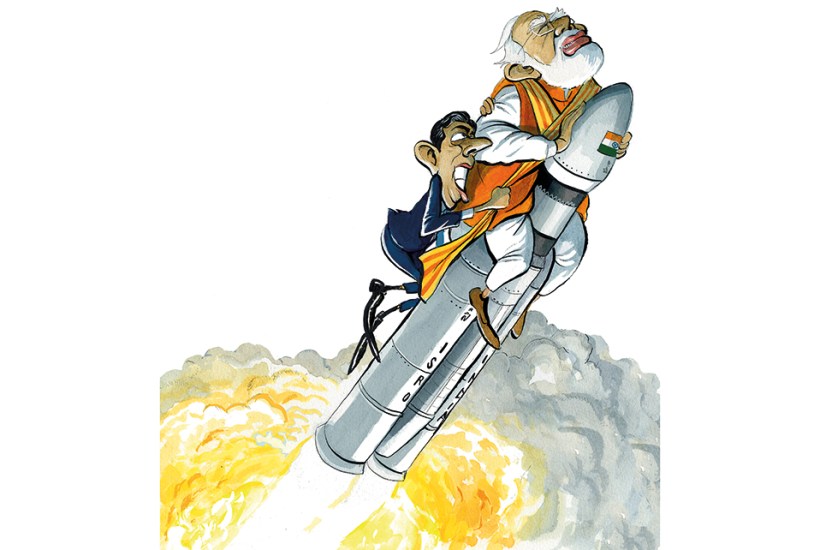
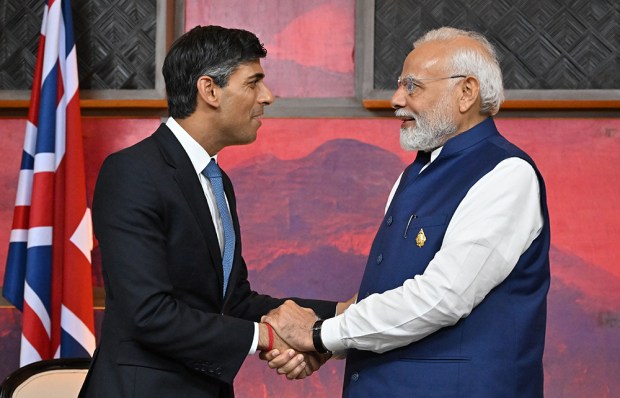
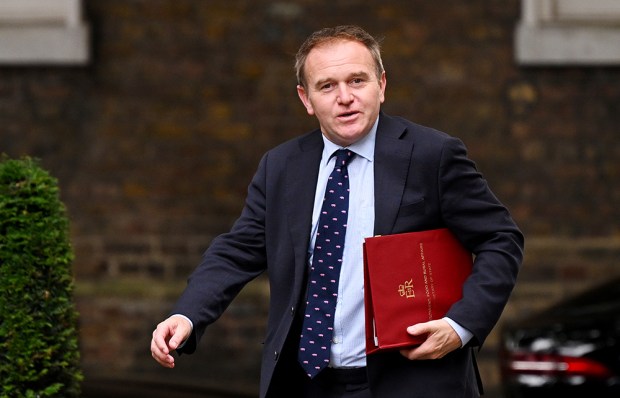
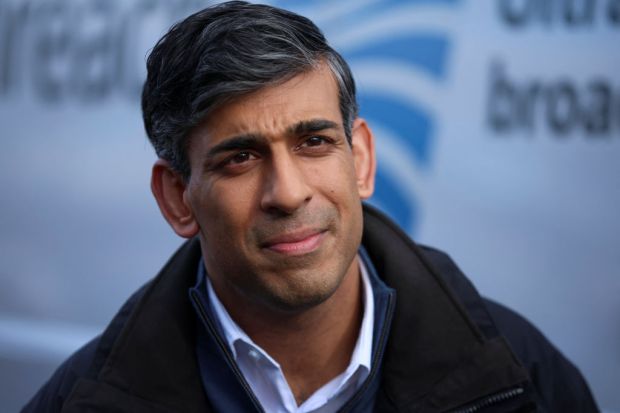
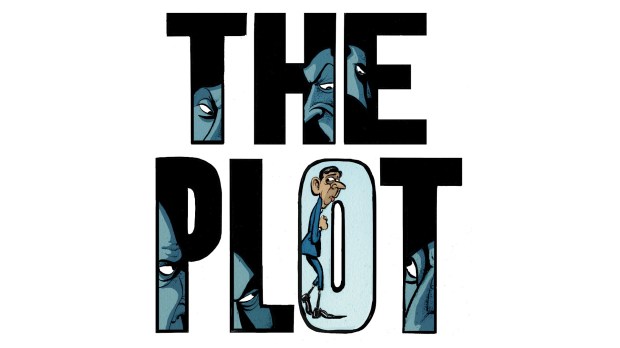








Comments
Don't miss out
Join the conversation with other Spectator Australia readers. Subscribe to leave a comment.
SUBSCRIBEAlready a subscriber? Log in